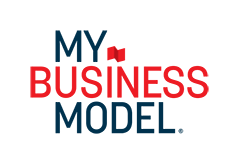Setting up your business and keeping it profitable will require you
to work with suppliers, subcontractors, distributors and other
partners who are essential to delivering on your value proposition.
Bearing in mind that partnerships come in a variety of different
forms (for example, you might form a strategic alliance with a
competitor or launch a business with one of your suppliers), ask
yourself these questions:
- Who are your most important partners and suppliers?
- Which partners help you carry out activities that you do not
perform in-house?
- Which partners provide you with the
resources that you don't have in-house?
Remember that a good partnership brings many benefits, including
maximizing profits and reducing risks.

















